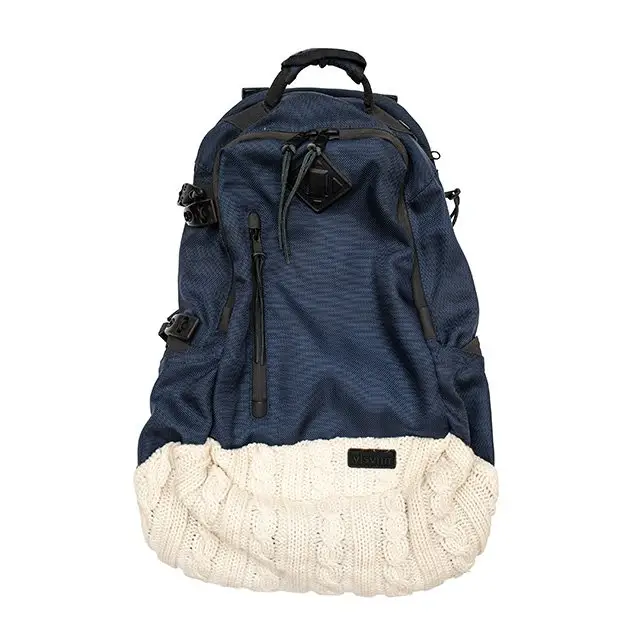The London-based designer introduces the PUMA Suede following a successful London Fashion Week
A New Chapter in Union Fashion
When Priya Ahluwalia debuted her label in 2018, she entered a fashion landscape that was both hungry for fresh voices and skeptical of their staying power. In just a few short years, she has proven herself not only as a designer but as a cultural storyteller—one who uses clothes to navigate identity, diaspora, and the complexities of heritage. Her latest milestone, a collaboration with PUMA, cements that trajectory. By reimagining the PUMA Suede, Ahluwalia joins a pantheon of designers entrusted with reinterpreting one of the most iconic sneakers in sportswear history.
This moment arrives directly after a critically acclaimed London Fashion Week showing, ensuring that the collaboration feels less like a departure and more like a natural continuation of her creative expansion.
The Rise of Priya Ahluwalia
Ahluwalia has built her brand on the idea that clothes can carry cultural memory. With roots in Nigeria, India, and Britain, she merges global traditions into garments that feel modern but layered with history. Her collections often weave in photography, archival textiles, and references to migration. She first captured international attention when she won the H&M Design Award in 2019, followed by the LVMH Prize in 2020 (shared with menswear designer Stefan Cooke).
Her aesthetic is defined by patchwork constructions, asymmetric patterns, bold graphics, and an ability to reframe traditional tailoring into something playful. More than design, Ahluwalia has also been outspoken about sustainability and responsible production—a philosophy that resonates with PUMA’s evolving eco-conscious direction.
London Fashion Week Momentum
At the recent London Fashion Week, Ahluwalia unveiled a collection that blended sportswear ease with couture-level structure. Critics praised her ability to shift from hand-crafted artisanal methods to tech-driven fabrics without losing cohesion. Accessories, bold prints, and cropped tailoring hinted at her expanding universe.
This performance positioned Ahluwalia as one of London’s leading creative voices, drawing attention from global press and retailers. Collaborating with PUMA directly after such visibility feels strategic: it allows her to channel runway buzz into a consumer-facing product that has both cultural weight and commercial accessibility.
The PUMA Suede: A Shoe With History
Few sneakers carry as much cultural significance as the PUMA Suede. Released in 1968, the shoe’s earliest claim to fame was on the Olympic podium when American sprinter Tommie Smith raised his fist in protest against racial injustice while wearing a pair. That image forever linked the Suede with activism and social consciousness.
In the decades that followed, the Suede became a staple in subcultural circles: B-boy crews in the Bronx favored its flexibility for breakdancing; European football fans adopted it for terrace fashion; hip-hop artists wore it as a badge of cool authenticity. The Suede is not just footwear—it is a cultural archive.
Ahluwalia’s reinterpretation of this shoe is therefore more than design. It’s a dialogue with history, connecting her storytelling ethos with the Suede’s legacy of resistance and community identity.
Design Approach: Ahluwalia Meets PUMA
While official product shots reveal limited details, Ahluwalia’s fingerprints are unmistakable. Expect:
-
Color Blocking and Patchwork: Inspired by her textile layering techniques, the Suede likely arrives in bold, asymmetric palettes, turning the sneaker into a canvas for visual rhythm.
-
Sustainable Materials: Ahluwalia’s commitment to upcycling suggests recycled suede, knits, or even reconstituted fabrics. This aligns with PUMA’s “Forever Better” campaign around sustainable production.
-
Cultural Motifs: Embroidery and subtle nods to South Asian and West African textiles add depth, making the shoe both a fashion item and a cultural conversation piece.
-
Companion Apparel: PUMA’s collaborations often extend into tracksuits, jerseys, or accessories. It’s plausible that Ahluwalia’s visual codes will translate into a mini capsule, uniting sneakers with street-ready outfits.
View this post on Instagram
Sustainability as Common Ground
In fashion’s current climate, sustainability is no longer a marketing afterthought—it is expectation. Ahluwalia has championed the issue since her first collections, using surplus materials, deadstock textiles, and craft methods that emphasize resourcefulness. PUMA has similarly made strides, experimenting with biodegradable shoe designs, recyclable packaging, and reducing water-intensive dyeing.
The Suede collaboration becomes a vehicle for that shared ethos. By re-engineering an archival shoe with sustainable techniques, both Ahluwalia and PUMA show how heritage can coexist with innovation. This sets a precedent for other collaborations: it isn’t enough to simply restyle an icon—responsibility must also be stitched into the seams.
Culture
For Ahluwalia, fashion is always narrative. Each collection is a chapter in a larger story about migration, resilience, and cross-cultural dialogue. The PUMA Suede itself has been a narrative object for decades. It tells of activism in Mexico City, dance battles in New York, and fashion revolutions across Europe.
By bringing these threads together, the collaboration creates cultural resonance on multiple levels:
-
Historical Activism Meets Modern Diaspora: A link between Tommie Smith’s protest and Ahluwalia’s own cultural storytelling.
-
Streetwear Meets Runway: Sneakers as equal players in the high-fashion ecosystem.
-
Global Influence: A London-based designer reimagining a German brand’s shoe with global cultural echoes.
PUMA’s Connect
PUMA has long recognized the value of partnerships to elevate its cultural position. Collaborations with Jil Sander, Mihara Yasuhiro, and most famously Rihanna’s FENTY line allowed the brand to transcend sportswear and enter fashion conversations. Unlike Nike, which leans heavily into performance-driven collabs, PUMA’s partnerships often focus on lifestyle and culture, making Ahluwalia’s appointment a perfect match.
With her critical acclaim and rising visibility, Ahluwalia represents both risk and reward. She is not yet a household name, but her work resonates deeply within fashion circles and younger consumers hungry for authenticity. PUMA, by investing in her vision, positions itself as a champion of emerging talent rather than relying solely on celebrity co-signs.
Impression
The Ahluwalia x PUMA Suede feels like the first step in a journey. If successful, the collaboration could expand into multi-season partnerships, special-edition capsules, or even global marketing campaigns. PUMA gains fresh cultural credibility; Ahluwalia gains reach and resources.
Equally, the collaboration reflects a broader industry trend: the democratization of high fashion through sportswear. Sneakers are no longer the final chapter of an outfit but often the starting point. By placing a heritage silhouette into the hands of a designer rooted in cultural dialogue, PUMA ensures that the Suede’s story continues into new decades.
No comments yet.








